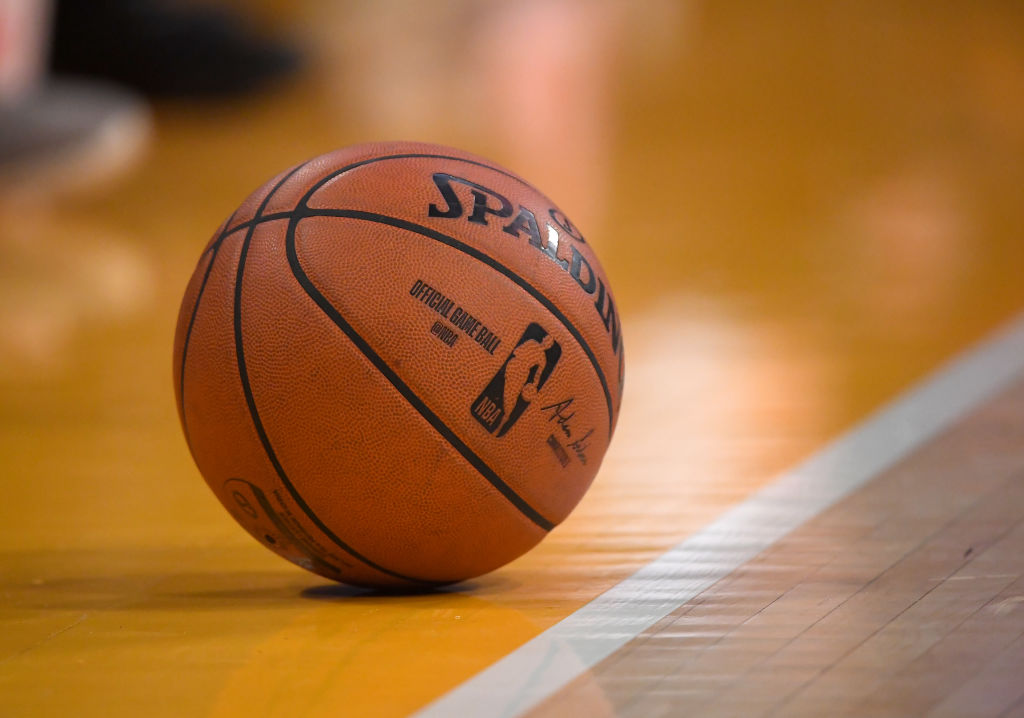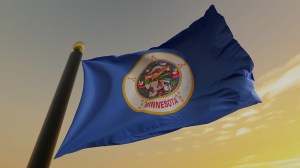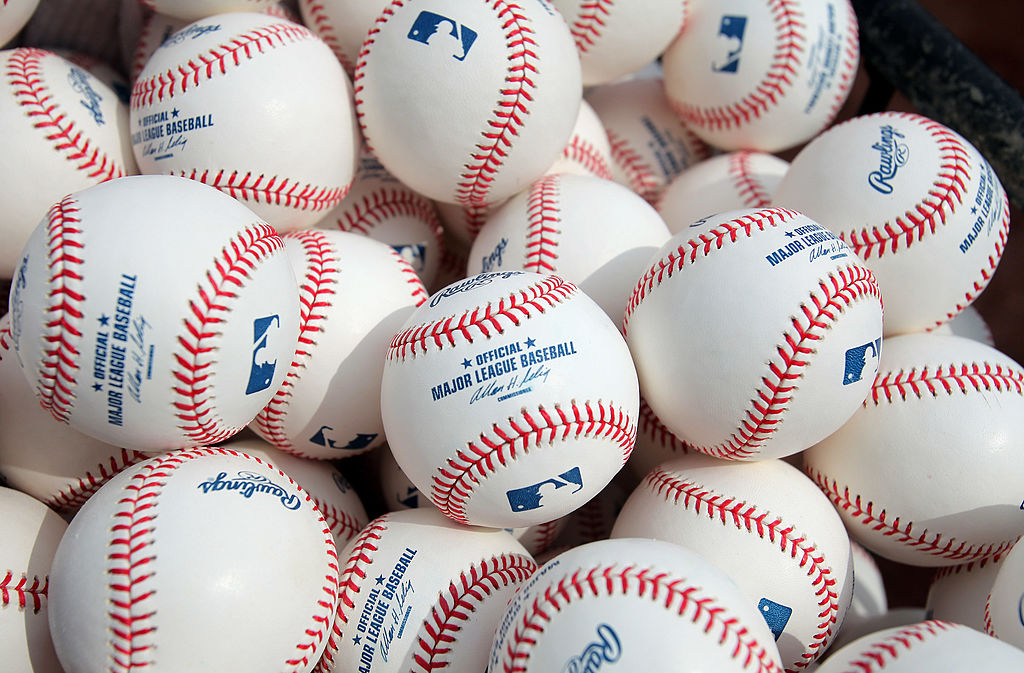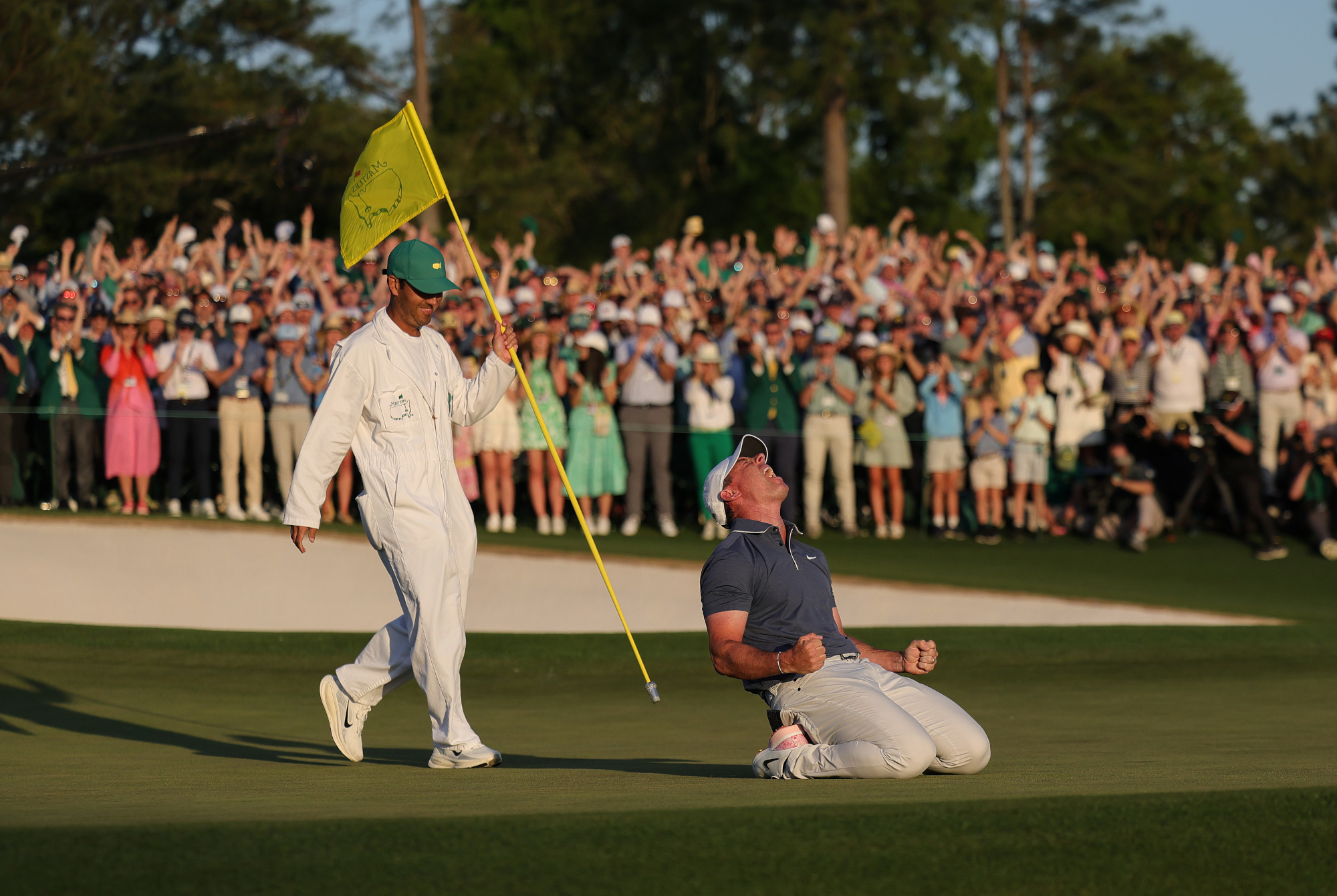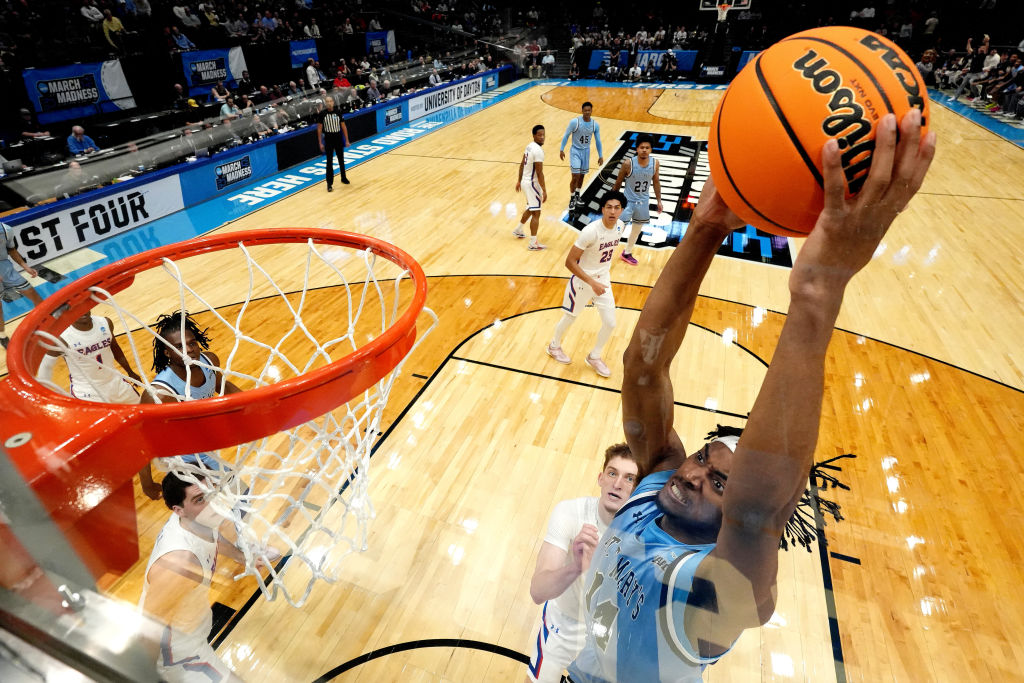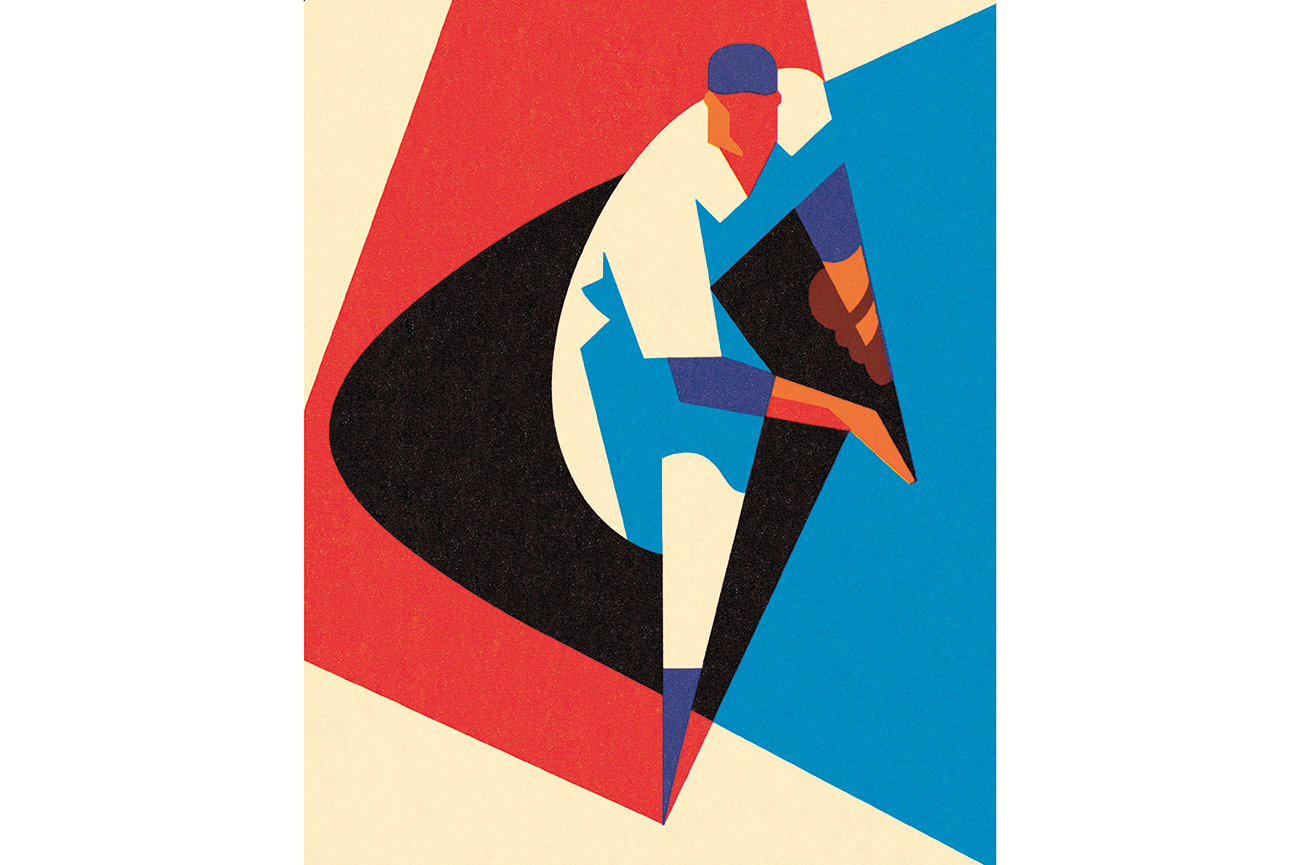Poor March. It has so few defenders. Yet annually, on the first day of the month, I stand in the snow or sleet or icy rain and recite William Cullen Bryant in hopeful placation: “Ah, passing few are they who speak/ Wild stormy month! in praise of thee.”
Bryant went on to speak in measured praise of the third month not so much for its qualities, such as they are, as for the promise it contains of the eventual arrival of the fifth month. For me, though, unheralded March offers the spectatorial pleasure of basketball.
I don’t mean the corporate splash of March Madness, in which college attendees dunk between TV commercials for insurance and boner medicine; nah, I’m talking about the end-of-season high-school basketball tournaments to which localist patriots flock during March’s “reign of blast and storm.”
And in the midst of these sectional playoffs comes another ritual of the bleak late winter: my viewing of Hoosiers (1986), the greatest sports movie ever made — and a profoundly affecting film about the centrality of a small school to a healthy community.
In case you’ve not seen it, Hoosiers is loosely based on the most astounding and myth-laden event in the rich history of Indiana sports: the 1954 state basketball championship won by the team from tiny Milan (“Hickory” in the movie). The film pairs two of our finest Midwestern actors — Gene Hackman of Danville, Illinois, and Dennis Hopper of Dodge City, Kansas — with an ensemble cast of Midwestern high-school cagers who lend the court scenes a verisimilitude rare in sports movies. (This ain’t Bang the Drum Slowly, in which ostensible major league catcher Robert DeNiro throws like a girl, or Fear Strikes Out, in which purported Red Sox outfielder Anthony Perkins bats like Norman Bates’s mother.)
The most poignant line in Hoosiers is spoken by Hickory Husker guard Merle Webb, played by Kent Poole: “Let’s win this one for all the small schools that never had a chance to get here.” The impact of that scene is deepened by the 2003 suicide of Poole, who hanged himself from a tree in his yard in Crawfordsville, Indiana. (Years ago I interviewed Angelo Pizzo, the Indiana native who wrote the Hoosiers screenplay in California and then repatriated. Pizzo said of Poole: “I got a call from him about a week before he killed himself. He said that he really needed to send me something and got my address. Then I heard he killed himself. Every day I went to the mailbox looking for whatever it was. I never got anything.”)
On a March day in 1991, I watched a bittersweet rural New York version of Hoosiers play out. The little Wyoming High School (student body, eighty-one), its basketball team a perennial doormat, fielded its best squad in decades in that winter of its dissolution. Just before the season began, the citizens of Wyoming, responding to carrots (financial incentives from Albany) and sticks (burdensome taxes, the product of state mandates), voted to close Wyoming High at the end of the school year. Thenceforward, students would be bused into any of five adjacent districts. But hey, they’d have access to more computers.
What seemed like the entire hamlet of Wyoming fit into a tiny patch of Rochester’s cavernous War Memorial, site of the sectional finals. Parents and friends and cheerleaders carried banners scrawled with such messages as “Wyoming High Will Never Die.”
The team won a thriller, 74-70. Players and their neighbors roared, embraced, cried. And come June, the school was euthanized. Wyoming High did die. Thirty-one years later, Wyoming’s teenagers take long bus rides to attend high school with strangers. The bonds of community were replaced by the enslaving gadgetry of Big Tech.
That’s progress, American-style. Destroy what is flesh and blood and let the machines take over. (Hoosiers, not so coincidentally, includes a scene in which the benchwarmer Ollie recites the benefits, real and dubious, of progress — among them “school consolidation,” which in the Fifties and Sixties swallowed up so many of this country’s human-scale schools.)
The response of New York authorities to Covid-19 killed sectional dreams in 2020, when the state tournament was canceled, and in 2021, when it was truncated. God knows what Those Who Decide will do in 2022. The wrong thing, probably. After all, these are the people who snuffed those places and activities that give our lives depth and texture and meaning — churches and bars, coffee shops and high-school basketball — while engorging Amazon, Google, and Netflix.
But let us find the silver lining in the clouds of March. If old Bryant could see the hope of “calm skies” in this month’s louring cumulonimbi, I can hear the echoing clang of errant jump shots in her raw gales. Sectionals time is here.
This article was originally published in The Spectator’s March 2022 World edition.



